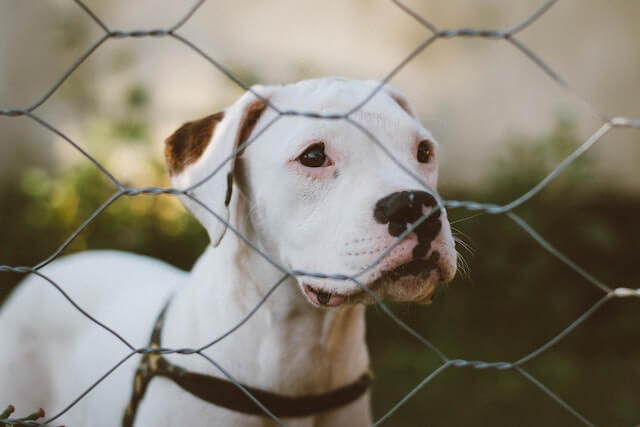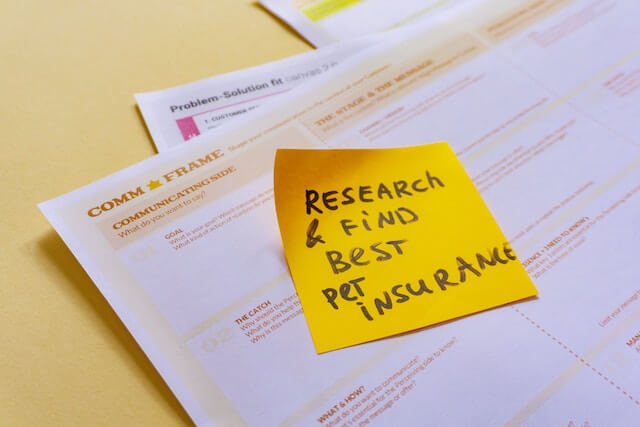The decision to transition rental properties into pet-friendly accommodations can be a lucrative one for landlords. With a growing number of pet owners in the rental market, allowing pets can broaden your tenant pool and increase rental income. However, this shift should be undertaken thoughtfully to protect your property and maintain a harmonious living environment for all residents. There are steps landlords can take to successfully transition to pet-friendly rentals while safeguarding their investments.
Creating Clear Pet Policies
One of the first steps in becoming pet-friendly is establishing clear and comprehensive pet policies. These policies should outline the types of pets allowed (e.g., dogs, cats, small caged animals), any breed or size restrictions, and the maximum number of pets per unit. Specify whether there are additional pet fees, deposits, or monthly pet rent. Additionally, detail the responsibilities of pet owners, such as leash laws, waste cleanup, and any designated pet areas.

Effective pet policies should also address liability. Require tenants to provide proof of renters’ insurance with pet liability coverage. This not only protects your property but also ensures that tenants are financially responsible for any pet-related incidents.
Conducting Thorough Tenant Screenings
When opening your property to pet owners, it’s crucial to conduct thorough tenant screenings. Evaluate applicants’ pet ownership history, including any previous landlord references. Were they responsible pet owners in the past? Did they ensure their pets didn’t cause damage or disturbances? Look for red flags in their pet history.
Furthermore, review their financial stability. A stable financial background is essential for tenants to meet the additional financial obligations associated with pet ownership. Use comprehensive tenant screening tools and, if possible, meet the prospective tenants and their pets before making a decision. This allows you to assess the pet’s behavior and the owner’s level of responsibility.
You may need to meet the renters’ pets in person as part of the screening procedure to completely soothe your concerns. You’ll learn interesting facts about the potential in addition to getting some insight into the behavior of the animals. Are they bringing bags to clean up after their animals? Are the animals under control and on a leash? Meeting with the tenant and their dog even for just 15 minutes might tell you a lot about them.
Property Modifications and Upgrades
To safeguard your property, consider making specific modifications and upgrades that can withstand pet-related wear and tear. Soft flooring surfaces have a higher propensity to stain or retain odors, which could result in high cleaning costs for tenants. Opt for durable and pet-resistant flooring materials, such as laminate, luxury vinyl, tile, or hardwood with a protective finish. These are easier to clean and less susceptible to scratches or stains. They are also more able to stand up to the rigors of pet life compared to shag carpets.
Installing pet-friendly amenities can also be a wise investment. Consider adding designated pet play areas, waste disposal stations, and pet washing stations if space permits. By providing these conveniences, you encourage responsible pet ownership while preserving the property’s cleanliness.

Additionally, think about enhancing your property’s outdoor space. Installing secure fencing and landscaping can create designated pet-friendly areas. This not only benefits pet owners but also adds appeal to your property.
A special “potty” area can be set up to give pets a place to relieve themselves without damaging the more delicate components of your outdoor living area. Consider covering it with mulch or gravel, which are both long-lasting and simple to clean up.
Regular Inspections and Maintenance
Even with responsible pet owners, regular property inspections and maintenance are essential. Implement a schedule for routine property inspections to identify and address any pet-related damage promptly. Inspect for scratches, chew marks, urine stains, or odors. If issues arise, communicate with tenants about repairs or necessary cleaning.
Promptly address maintenance requests related to pet damage. This not only maintains the property’s condition but also fosters positive landlord-tenant relationships.
Checking Your Insurance and Local Ordinances
Before welcoming pets into your rental properties, it’s crucial to review your insurance policy and local ordinances. Ensure that your insurance covers any potential pet-related liability, and if not, consider adjusting your coverage accordingly. Familiarize yourself with local pet ordinances, such as leash laws and vaccination requirements, to ensure compliance.

Transitioning to pet-friendly rentals can be a rewarding decision for landlords, attracting a broader tenant base and increasing rental income. However, it’s vital to take proactive steps to protect your property and ensure a harmonious living environment for all residents. By creating a pet-friendly environment that balances the needs of both tenants and landlords, you can reap the benefits of accommodating pet owners while safeguarding your investment. To efficiently connect with potential pet-owning tenants, consider using Padleads, a platform that allows you to promote your pet-friendly properties to a wide audience.